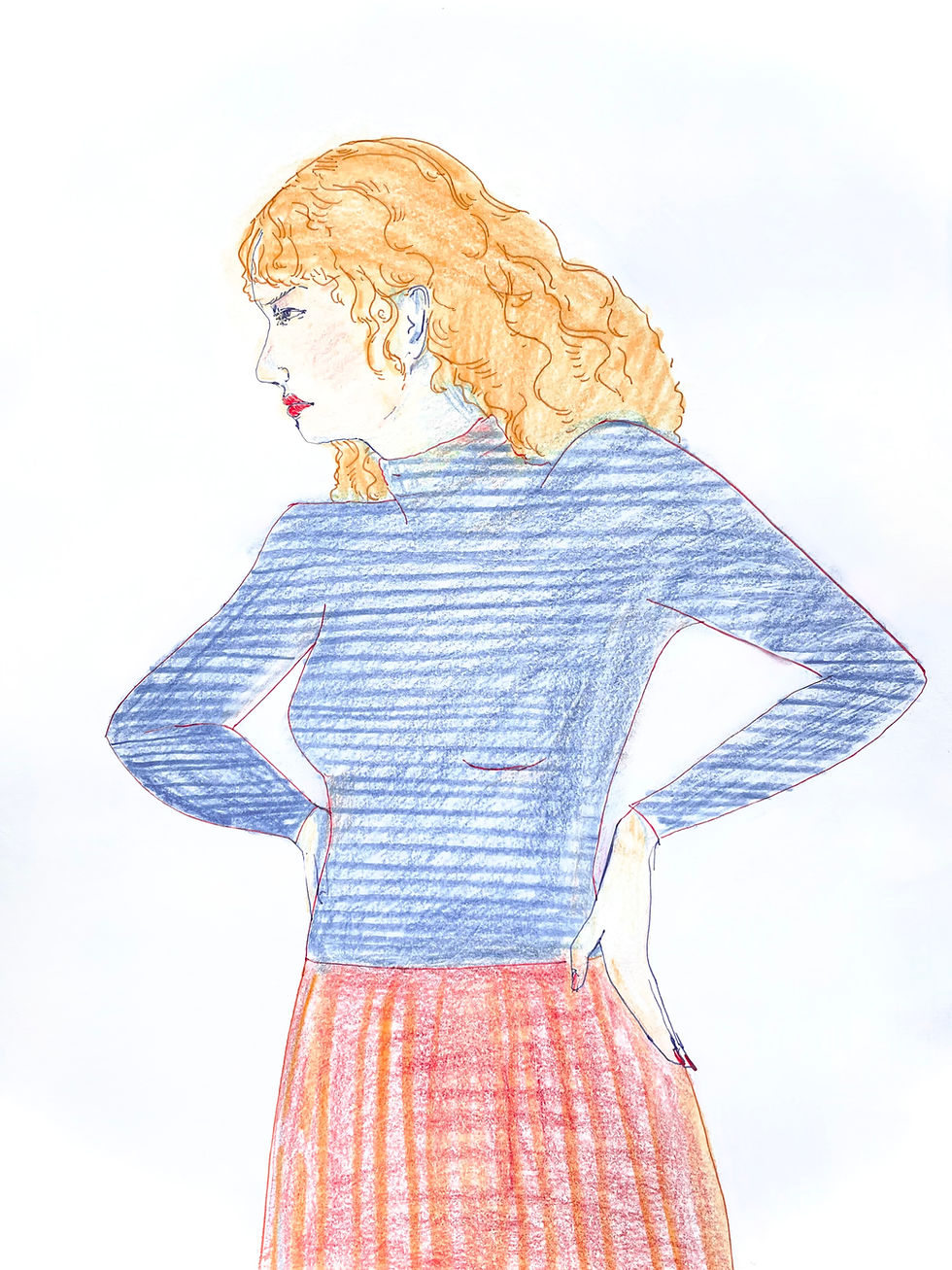Cult, Church, City: Mediaeval St Andrews, A Must See Exhibition at the Wardlaw Museum
- Lucy Buchanan

- Mar 10, 2022
- 3 min read
Have you ever wondered how our University was formed? When women were first enrolled? Or why we march down a pier draped in red gowns every Sunday morning? If, like me, you possess gravely scant knowledge of the University’s history, then the Wardlaw Museum is a must visit. Named after Bishop Henry Wardlaw, Scottish Church leader and founder of the University of St Andrews, the museum is truly a local treasure. The four exhibition rooms tell the story of the University’s history, starting 612 years ago when teaching began in 1410, three years before the University was formally constituted by the issue of a papal bull from Pope Benedict XIII. The Wardlaw museum promotes the university’s influential research and global impact with displays on art, history, science and natural history. Located on the Scores, amongst St Andrew’s most historic and romantic buildings, with a beautiful sea view from the terrace and garden, the museum is perfect as an educational pitstop on your Sunday morning stroll or as a stimulating excursion in between classes.

The Wardlaw’s current temporary exhibition, Cult, Church, City: Mediaeval St Andrews, which opened on the 20th of February, transports its visitors back in time to our East Neuk town during the Mediaeval period. The exhibition explores St Andrews’ tumultuous past and its place in Mediaeval Scotland as the religious capital. Indeed, we learn that St Andrews was an important site of pilgrimage, heart of learning and, in 1472, became home to Scotland’s first archbishop. However, after the Reformation in 1559-1560, which was incited by the preacher John Knox who delivered incendiary sermons in Holy Trinity Church, St Andrew’s religious buildings were plundered and destroyed. The relics of St Andrew, of which one legend says were brought from Greece by Bishop Regulus in the 350s but were most likely brought from Northern England to Scotland centuries later, were also lost. The exhibition has been created by experts in the field, Professor Michael Brown and Dr Bess Rhodes, who have brought together the surviving, truly unique and captivating, artefacts, artworks, manuscripts and books which have not been displayed in St Andrews for nearly 500 years.
Highlights of the exhibition include plaster casts of the St Andrews Sarcophagus, “one of the most important and intriguing sculptures from early Mediaeval Scotland” as well as the Geddy Map, one of the earliest plans of St Andrews. A portrait of David Beaton, archbishop of St Andrews and last Scottish Cardinal prior to the Reformation, is also featured as well as a Statue of Bishop Henry Wardlaw from his tomb in St Andrew’s Cathedral. Additionally one can view 3D digital reconstructions of how St Andrew’s oldest buildings would have looked before the Reformation of 1560, made by researchers from the University. Visitors have the opportunity to see the cathedral in all its brilliance, the castle before it was raided and the University as it once stood.
The museum is also currently displaying ‘Hardyng’s map of Scotland’, the nation’s oldest map. In 1418 the chronicler John Hardyng was sent to Scotland by Henry V of England (1413-1422) on a mission to collect evidence that would substantiate England’s claim to power over Scotland. After his nearly four year trip, Hardyng returned to find Henry V close to death and no English invasion of Scotland occured. The map presents Scotland as a wealthy and majestic kingdom, a worthy prospect for English acquisition.
The museum’s permanent collection is divided into four rooms; firstly Scotland’s First University which explores the University’s history, identity and community, featuring the University’s mediaeval maces as well as a Raisin Weekend costume collected in 2017; secondly Enquiring Minds which “focuses on the ways that models, instruments, artefacts and specimens have been used to investigate, record, and see things differently”, featuring an extraordinary display of microscope slides and butterflies; thirdly Reformers and Innovators which brings together groundbreaking discoveries, inventions and ideas developed in St Andrews; and finally Expanding Horizons establishes St Andrews’ global identity which has contributed to humanity’s ever-changing understanding of the world and beyond.
A visit to the Wardlaw Museum is a great way for us students to learn about the town and the University’s history. We may not all come from St Andrews but while here this East Neuk town becomes home and there is something uniquely precious about having knowledge of your local area’s past. To know the history of your home is to feel the story of the place vibrating in the ground with every step you take.
Cult, Church, City: Mediaeval St Andrews is running currently at the Wardlaw Museum until the 3rd of July 2022 and is free entry. The museum keeps its doors open seven days a week, from 11am to 7pm Monday to Friday and from 10am to 5pm on Saturday and Sunday.







Comments